What Is the State Flower of Indiana? History, Symbols, & Uses
-

- Last updated:
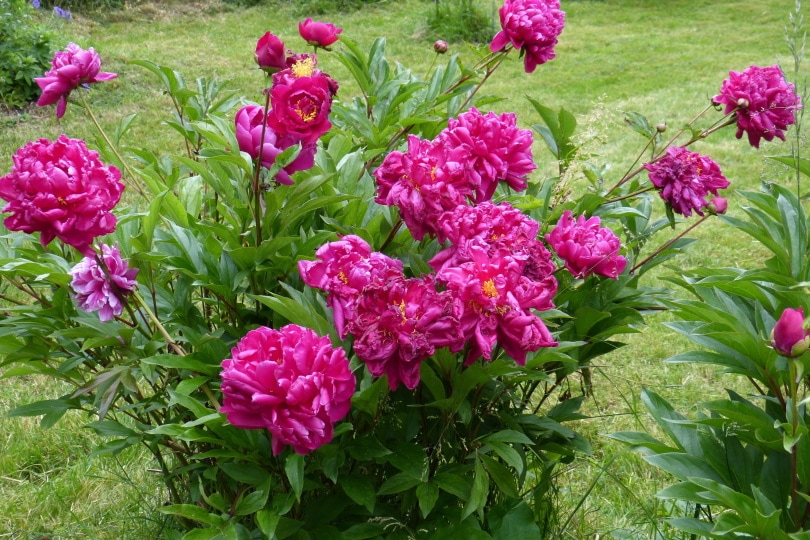
The different states of America have various distinct symbols identifying them with state flowers being among the symbols. Indiana, the 19th state, has the peony as its state flower.
Surprisingly, the peony is not native to Indiana but to China. It was first cultivated by Chinese emperors who grew it as a symbol of power and royalty. The first peony was introduced to North America by French missionaries. Later, it became popular in Europe and North America, where it was often planted in gardens.
The name peony comes from the Greek word ‘paeon,’ which means “physician.” It may be because some people believed eating the leaves helps with digestion, and using the leaves as poultices helped relieve pain.
Here, we’ll delve into how the state flower of Indiana came to be. We’ll also discuss several characteristics of this state flower for you to know better. So, read along with us!
How Was the State Flower of Indiana Decided?
Since 1913, Indiana has officiated four state flowers.
The first was the carnation, which is native to England and adopted in 1913 by the Indiana Legislature. The second state flower was the tulip tree flower. Among the four flowers, this is the only state one that was native to Indiana. It was officiated in 1923. The third Indiana state flower was the zinnia, which is native to Mexico¹. It was officiated in 1931.
In 1957, the Indiana Legislature came together to choose another state flower to replace the zinnia. There were different sentiments on which flower would take the place of zinnia. It came down to the peony and the dogwood after a long fierce battle. But the two flowers were opposed by various people in Indiana.
The Indiana Academy of Science, the Wild Flower Society, and other organizations wanted to choose a state flower native to Indiana. But they didn’t succeed in their endeavors. Their proposal didn’t pass through the Indiana Legislature.
Laurence D. Baker was a legislator, manufacturer, teacher, and horticulturist. He had a couple of farms in Indiana where he commercially grew peonies. He played a massive role in making the peony Indiana state flower. He persuaded the House Public Policy Committee to go for the peony as the state flower.
So, the peony was chosen and officiated as the state flower of Indiana in 1957.

Characteristics of Peony (Paeonia)
Paeonia is a genus of herbaceous perennial flowering plants in the family Paeoniaceae¹. These flowers are native to China, the Himalayas, and Japan. The species are among the most cultivated and are best known as garden plants.
Let’s look at several characteristics of the Indiana state flower.
Petals
Peony flowers are large and showy with many petals comprising double, single, or semi-double petal layers. The flower color can vary from white, purple, yellow, and pink to red depending on the variety. The flowers have a sweet fragrance that attracts bees and other pollinators.
The center of the flower is usually darker than the petals. It opens up at night, releasing its fragrance into the air. This process is called nocturnal opening or diurnal closing depending on whether it happens at night or during the day.
Blooming Period
The blooming season of peonies depends on the cultivar and the variety you choose. Some varieties bloom in May. Others bloom in June or July. But the ideal blooming time is between late spring and early summer.
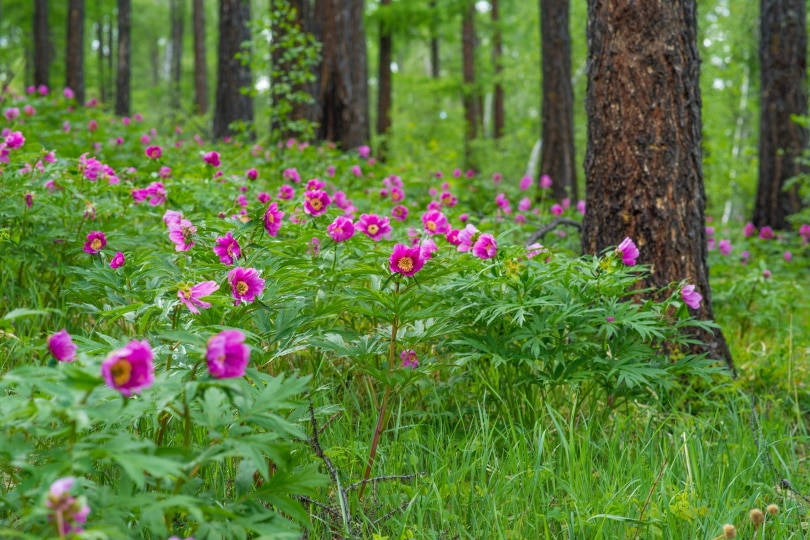
Height
The height depends on the variety. They don’t grow high. The common height is between 2 and 4 feet tall.
Roots
The roots of peonies are fibrous with fleshy secondary roots. They grow horizontally under the soil surface rather than vertically like other plants. They spread out under the ground.
Leaves
The peonies have large leaves divided into three to five leaflets. They’re rounded at the base and taper to a point at the tip. They may have wavy or crinkled edges in some varieties.
Usually, they have a glossy deep green color which turns to a yellowish-brown to brownish-red in spring. But they will change later when the season changes.
Soil Type
These flowers grow well in various soils, from heavy clay to sandy loam. So, they’re adaptable. Also, they prefer well-drained soil. It should be slightly acidic (6.5 to 7.0 pH).
They don’t do well in poorly drained areas where the soil remains wet for long periods. If you have clay or sandy soil, peonies can tolerate it, but they need regular watering in these soils. Also, use compost if you plant them in heavy clay.
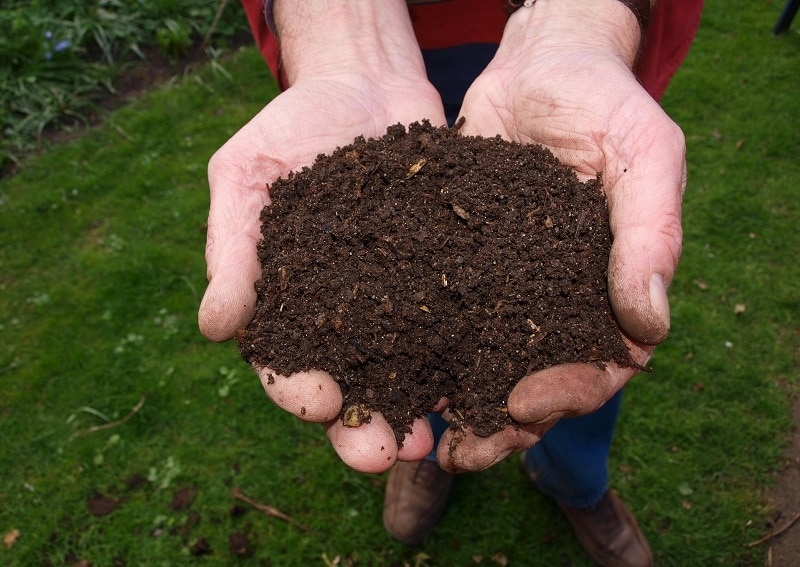
Sunlight Exposure
Peonies need full sun for at least six to eight hours a day. If planted in a shady place, they will bloom poorly or may not bloom at all.
Uses of Peonies
Peonies are one of the most popular flowers for home gardens. They come in various colors, making them ideal for any flower bed or garden area. You can use them in many ways including:
Decorative Uses
Freshly cut peony flowers make a lovely addition to any room. They can brighten up your home or office décor. They make beautiful bouquets and centerpieces. They can also create other arrangements like table decorations with other flowers and plants.
Dried Peonies make wonderful gifts. You can display them throughout the year without wilting or dying as fresh flowers do over time.
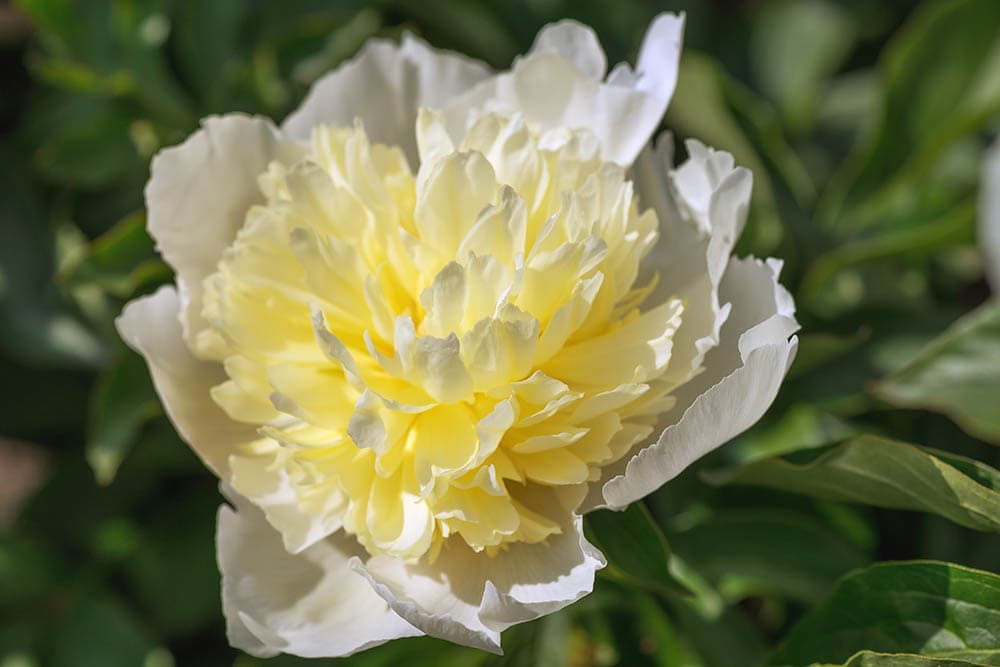
Edible Uses
Peonies make excellent jams, jellies, and syrups. Their delicate flavor complements other fruits well but doesn’t overpower them.
The petals of the peony flower have a sweet flavor. You can add it to ice cream to enhance its flavor. You can use it alone or add it to other flavors of ice cream.
You can use the petals of peonies to prepare a drink. But not all petals can serve this purpose. Many people enjoy drinking these cocktails after eating spicy foods or when they want to relax after a long day at work.
Making Herbal Medicine
Peonies have been used for centuries in TCM (Traditional Chinese Medicine). The root, stems, leaves, and flowers are all used to treat various health problems. Other medicinal uses of peonies include making tea.
You can use the tea from dried peonies for coughs and colds, sore throats, and fevers. It can also help relieve pain from arthritis, rheumatism, and other musculoskeletal disorders.
But you should not make your peony tea. You may harm yourself if you don’t know how to measure the dosage. So, contact a practicing professional.

Cosmetic Uses
Peony flowers can be used in making peony sugar scrub. In a food processor, mix peony petals with sugar. Then, add sweet almond oil. It exfoliates dead skin cells while moisturizing the skin at the same time. It makes your skin feel soft and smooth after washing it off!
You can make your peony bath bombs with ingredients from the kitchen pantry. Peony petals add a floral fragrance to the mix. This mix has therapeutic benefits such as improving circulation and easing stress.
How to Take Care of Peonies
Here are some tips on how to care for peonies.
- Select a Suitable Location: Peonies require well-drained soil and full sun, but they will also grow in partial shade. Also, ensure that the soil is full of organic matter. When planting, leave a space of about four feet from each peony to avoid crowding. You must also protect the plant from strong winds. Peonies are heavy at the top when blooming and can topple due to strong winds.
- Water them regularly: Peonies love water and will wilt fast if they don’t get enough. Water them once every few days during hot weather. Keep the soil damp but not soggy. Give your peony more water if its leaves turn yellow or fall off. Besides, ensure it has good drainage.
- Use Metal Supports: Use metal supports for the upright stems. You can also use metal peony rings¹. They help them support their heavy blooms without breaking under their weight. It’s especially crucial for older plants.
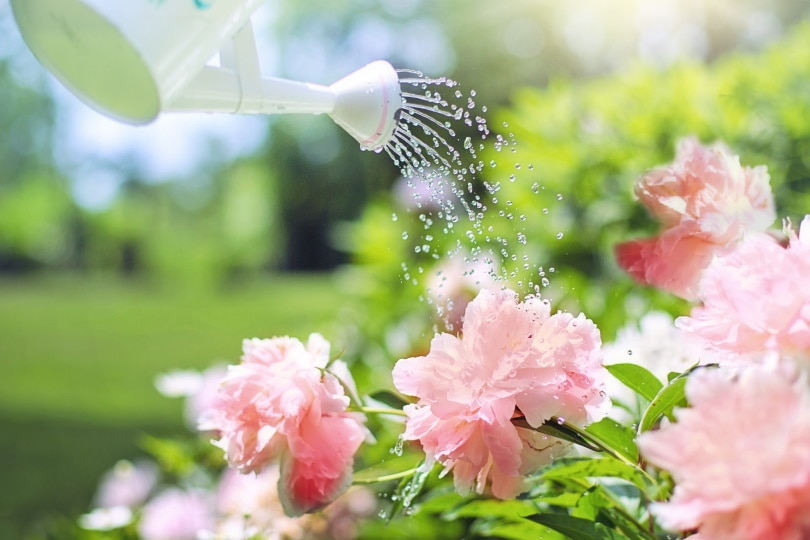
Other State Symbols of Indiana
Indiana is a Midwestern state with a rich history and diverse culture. The state has many other symbols in addition to the state flower.
Here are some of the most popular state symbols in Indiana:
| Item | State Symbol | Year Adopted |
| State Aircraft | P-47 Thunderbolt | 2015 |
| State Award | Sagamore of the Wabash | 1992 |
| State Bird | Northern Cardinal | 1933 |
| State Capital | Indianapolis | 1816 |
| State Flag | Flag of Indiana | 1917 |
| State Insect | Say’s Firefly | 1996 |
| State Holidays | Indiana Holidays | 1925 |
| State Languages | English and American Sign Language | 1984 |
| State Name Origin | Origin of “Indiana” | 1763 |
| State Motto | Crossroads of America | 1937 |
| State Nickname | The Hoosier State | 1816 |
| State Residents | Hoosiers | 1816 |
| State Rifle | Grouseland Rifle | 2012 |
| State Poem | “Indiana” | 1961 |
| State Seal | Seal of Indiana | 1963 |
| State Song | On the Banks of the Wabash, Far Away | 1913 |
| State River | Wabash River | 1996 |
| State Tree | Tulip Poplar | 1931 |
| State Stone | Limestone | 1971 |
Point to Note: Indiana does not have a state animal or mammal.
Conclusion
So, are you looking for a beautiful spring flower? Do you live in Indiana or another state in the Midwest that loves peonies? If yes, these flowers may be worth growing. This state flower of Indiana is ideal for borders and garden beds. Also, it does well on its own or mixed in with other early spring blooming plants and colors. We hope this article has helped you learn more about Indiana’s state flower, the peony.
Related Read: What Is the State Insect of Indiana? How Was It Decided?
Featured Image Credit: Piqsels
Contents

